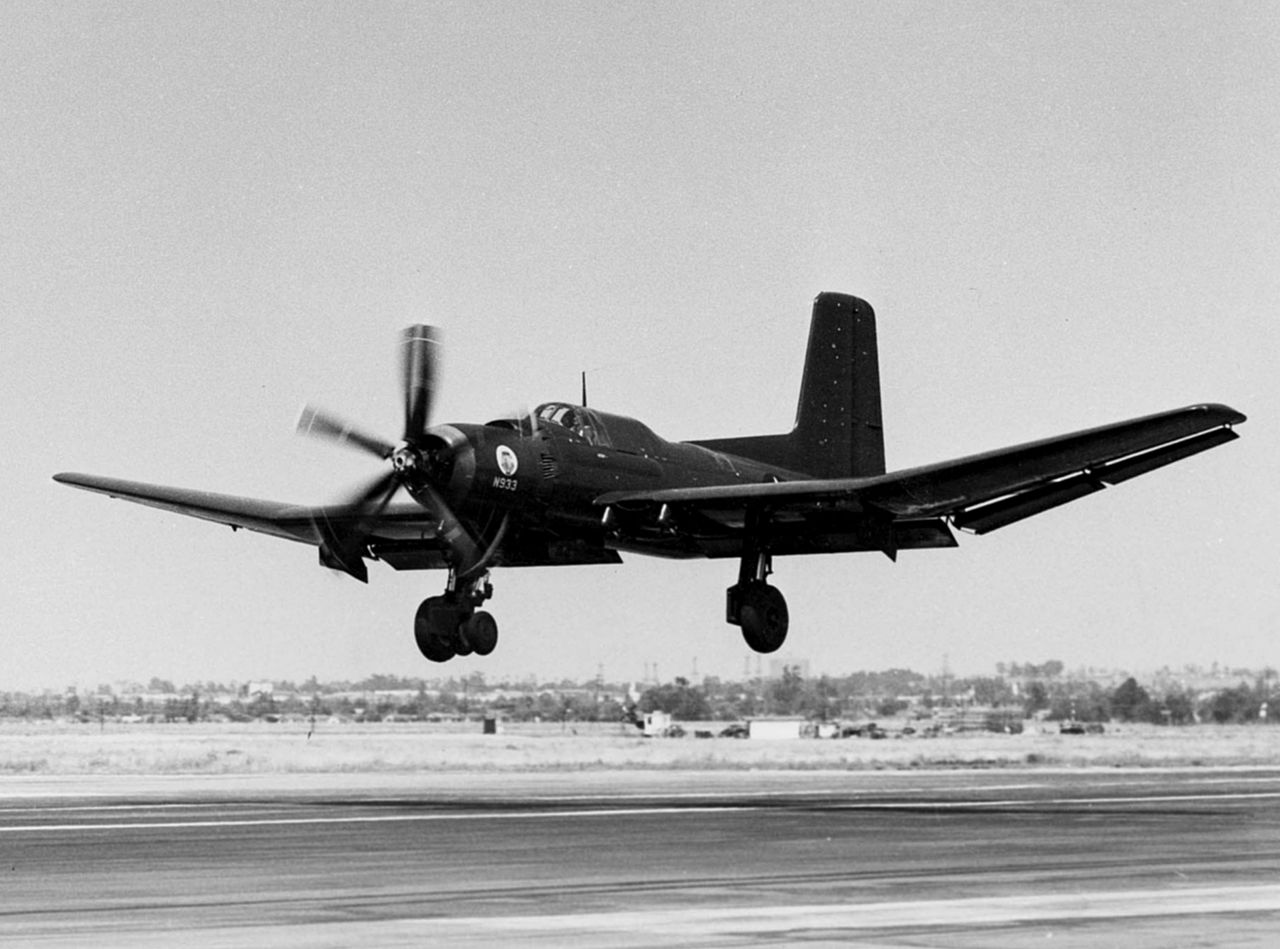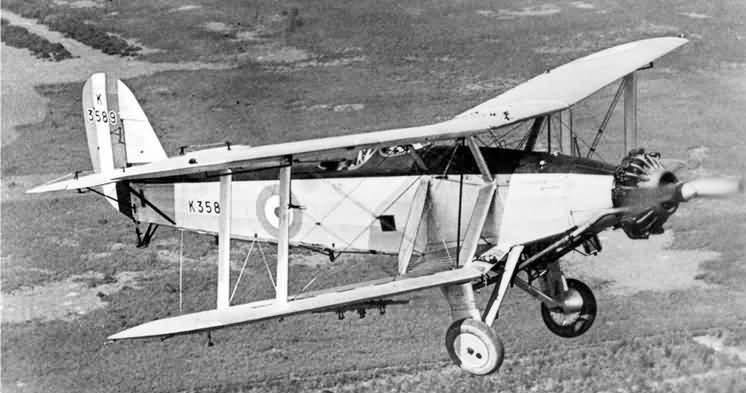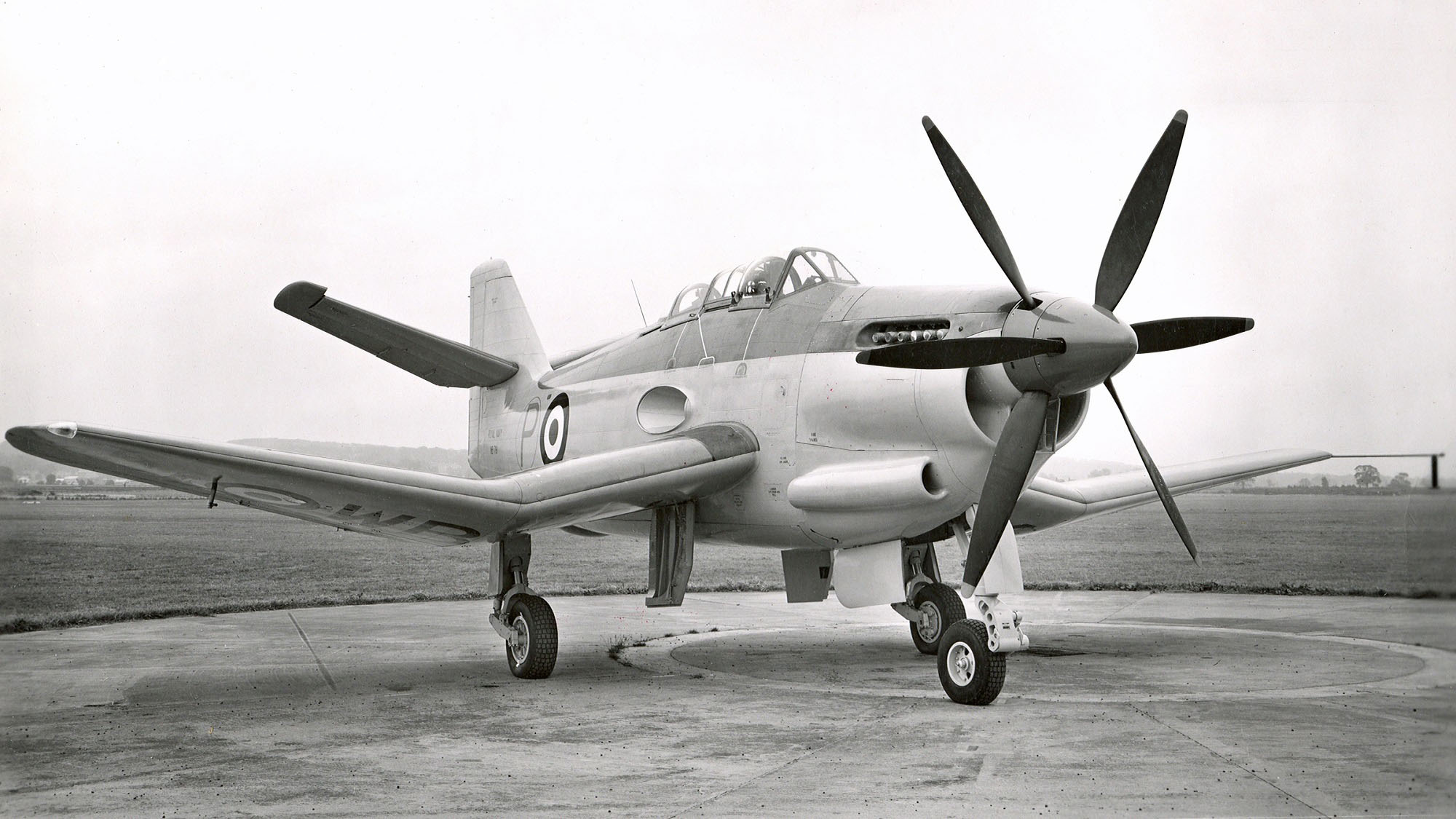Tag: aeroplane
-
Douglas XTB2D Skypirate

Douglas XTB2D Skypirate The Douglas XTB2D Skypirate was a torpedo bomber intended for service with the United States Navy’s Midway and Essex-class aircraft carriers. Two prototypes were completed, but the dedicated torpedo bomber was becoming an outdated concept, and with the end of World War II, the type was deemed unnecessary and cancelled. Read more
-
Blackburn Baffin

Blackburn Baffin The Blackburn B-5 Baffin biplane torpedo bomber was a development of the Ripon, the chief change being that a 545 hp (406 kW) Bristol Pegasus I.MS radial replaced the Ripon’s Napier Lion water-cooled inline engine. The Baffin was designed to meet a Fleet Air Arm requirement as a conventional two-seat single-bay biplane of Read more
-
Blackburn B-54

Blackburn B-54 The Blackburn B-54 was a prototype carrier-borne anti-submarine warfare aircraft of the immediate post-Second World War era developed for the Royal Navy’s Fleet Air Arm (FAA). It shared a common airframe with the Blackburn B-88. The B-54 had a piston engine while the B-88 had a gas turbine driving large contra-rotating propellers. The Read more